I have reverse engineered a membrane keypad that connects to a microprocessor.
I have no info on the keypad but it has 39 switches. The output of the keypad is an 11 way ribbon cable. This goes to a small PCB with resistors and diodes - nothing more. Total of five diodes and 6 resistors.
This suggests a 5x6 matrix but that only provides for 30 switches.
Even if I have in some way double counted switches and there are only 30 it still doesn't explain the fact that there are only 6 connections back to the processor from the 6 resistors.
How can the processor read even 30 switch states using just 6 lines?
I can't figure out what is going on.
This is the rough drawing of the circuit as requested. I am fairly confident that it is accurate as there are no active components on the board.

